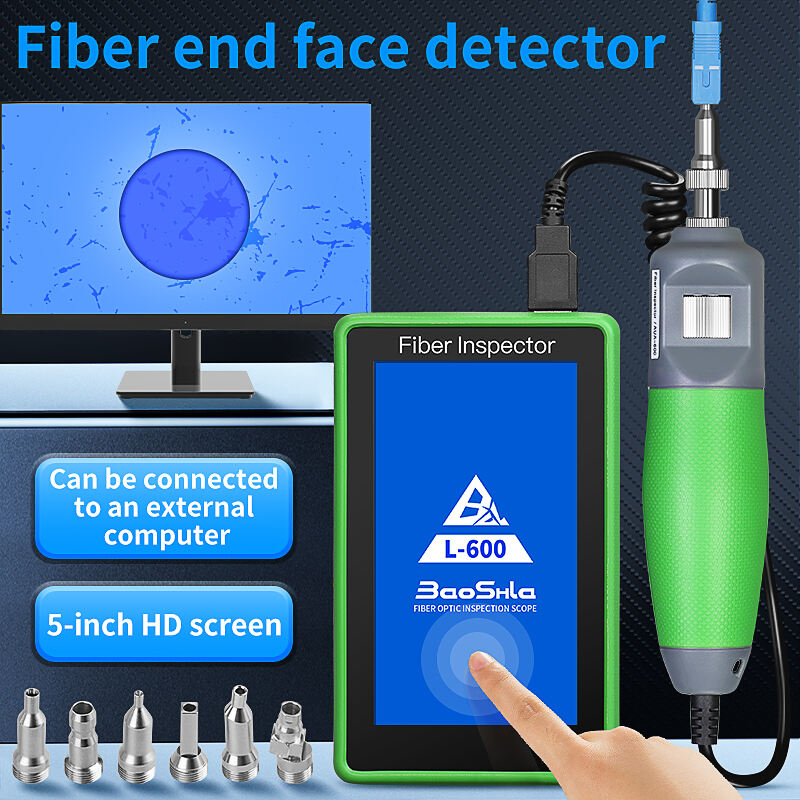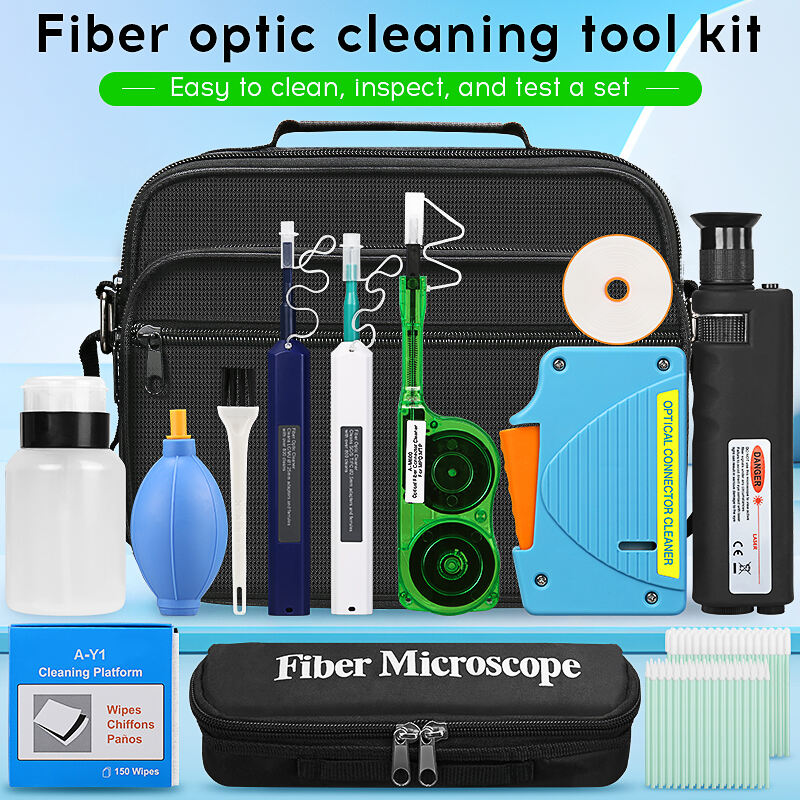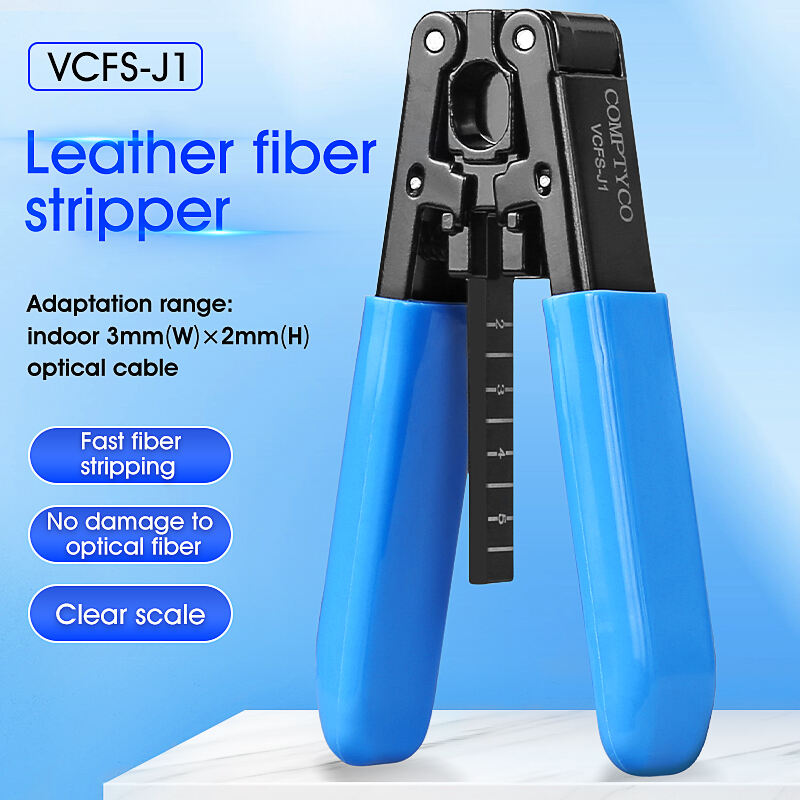otdr in optical fiber communication
An Optical Time Domain Reflectometer (OTDR) is a sophisticated diagnostic tool essential in optical fiber communication systems. Operating on the principle of backscattering and Fresnel reflection, the OTDR injects a series of light pulses into the fiber and analyzes the returned light to evaluate the fiber's characteristics. This device measures the length, attenuation, and identifies faults along the entire fiber span. The OTDR displays results in a graphical format, showing signal strength versus distance, making it easier for technicians to interpret the data. It can detect and locate various fiber issues including breaks, bends, splices, and connectors, providing precise distance measurements to these events. The technology employs advanced algorithms to process the returned signals, enabling accurate fault diagnosis without requiring access to both ends of the fiber. Modern OTDRs feature high dynamic range capabilities, allowing them to test longer fiber spans and through multiple splitter stages in passive optical networks. They also offer multiple wavelength testing options, typically at 850nm, 1300nm, 1310nm, and 1550nm, to provide comprehensive fiber characterization. The device's non-destructive testing nature makes it invaluable for both installation verification and ongoing maintenance of optical fiber networks.


